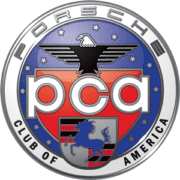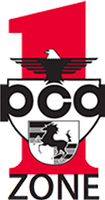What’s New

Concours/Rally/Social for New and Old Members

The May 13, NNJR meeting/program will be held at the new Paul…

We are busy setting up dates, contracts, etc… for our 2015 DE season and are looking forward to another great season of NNJR track events. Here is a preview of what the season will look like: Mid-winter Introduction to High Performance Driving on January 25th; High Performance Driving Seminar for Instructors and URG drivers on February 22nd; Lime Rock: April 8-9; Lightning/T-Bolt (Instructors and URG): April 27-28.

I don’t know about you, but I am pretty psyched up about our DE 2015 season approaching and getting back on track. Our schedule is set for 2015 and by the time you read this, we would have just held our Instruction to High Performance Driving seminar (January 25, 2015). It is at this seminar we introduce new drivers (and potential drivers) to the world of DE, what is it all about and how to partake in these driving events. If you missed it, here are some of the highlights regarding preparing for a DE event.

Come on out! Have a blast! Learn how to control your car! Here we are in 2015, and we have a new Autocross program being planned. We also have a new AX chair (me) so bear with me as I learn the ropes. Many thanks to Chris, Tom, Drew and all who are helping along the way.

Autocross is, hands-down, the cheapest, safest, least time-consuming way for you to learn basic performance driving, push your car, and push your skills. It’s fun, informal and the crowd is welcoming. And if you have family members or friends, who are – horrors – Porsche-less, bring them in (more or less) whatever they have – its all good.


